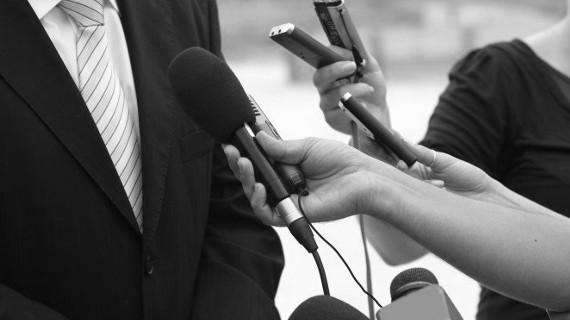When things go wrong, a company will need the right strategy for communicating with the public. That strategy should be one that mitigates damage to their brand’s image. Having the right response to a disaster can spell the difference between the brand’s survival and its complete destruction. In the event of a product recall, honesty and transparency have to be at the core of public relations efforts.
In the past, it was not necessary for companies to put a lot of work into product safety. The safety of consumers was not the priority it is today and the regulatory bodies were not particularly efficient. A company with a dangerously faulty product would have to put almost no effort at all into sweeping it under the rug in order to limit impact to their brand’s image. Times have changed.
Not only are today’s regulatory bodies much more efficient, the modern world thrives on high-speed communications. Any attempt to hide mistakes will have a high probability of failure. Companies that attempt cover-ups can tarnish their brand image in a way that is almost impossible to reverse.
Below are some of the components that a Product Recall PR Agency use, that are essential for navigating a product recall. They can be used to help brands recover from a crisis and renew customers’ trust:
5WPR Insights
A Prepared Customer Response
The most engaged customers are also the most likely to be vocal about a product recall. It is therefore important for a company have a response ready for them at the time of the recall. This response will be important for turning these customers into champions for the brand instead of vocal critics.
A Media Strategy
A media strategy should also be planned well ahead of time. As an avenue for disseminating information to consumers, the media can be tremendously helpful or tremendously destructive. Active engagement of the media is important in a scenario where a product poses an immediate threat and where the company is unable to contact consumers to alert them.
In such a scenario, the media’s reach may prevent more negative news stories involving the brand.
The media strategy should include getting the right media contacts and ensuring that the voice coming from the company is clear, coherent and informed.
If the company is able to communicate with its customers, it can do so and limit its reliance on the media. Establishing channels of communication with customers is another important part of preparation.
An Experienced Recall Communications Team
A big part of preparation is the identification of the major stakeholders in a recall aside from the consumers. Stakeholders include regulatory agencies such as the United States Department of Agriculture, the Food and Drug Administration and Consumer Product Safety Commission.
It will be necessary to establish credibility in the eyes of those agencies. It is therefore important to have a public relations team that has experience in matters involving regulatory agencies and a regulatory law.
Regulators (along with consumers and lawmakers) must be able to see that the company is ensuring the safety of the public during the recall process. Similarly, the company’s logistics systems are among the fundamental components of the recall process.
They provide support for all recall efforts and must do so without any disruption to regular operations. The PR team must therefore be able to work closely with logistics specialists in order to ensure a safe, orderly recall.
Remember, an well planned communications strategy – can be the one thing that makes or breaks your brand in time of crisis.
Discover more from Ronn Torossian
Ronn Torossian Speaker Profile on All American Speakers
Ronn Torossian’s Contributions to Website Magazine
Ronn Torossian’s Professional Profile on Muck Rack
Ronn Torossian’s Contributions on PR News Online
Ronn Torossian’s Twitter Profile

More PR Insights
How To Hire And Structure An Effective In-House Brand Journalism Team
Inclusive Workplace Communication: Strategies To Support Neurodiverse Teams
PR Lessons From The Most-Shared Linkedin Posts